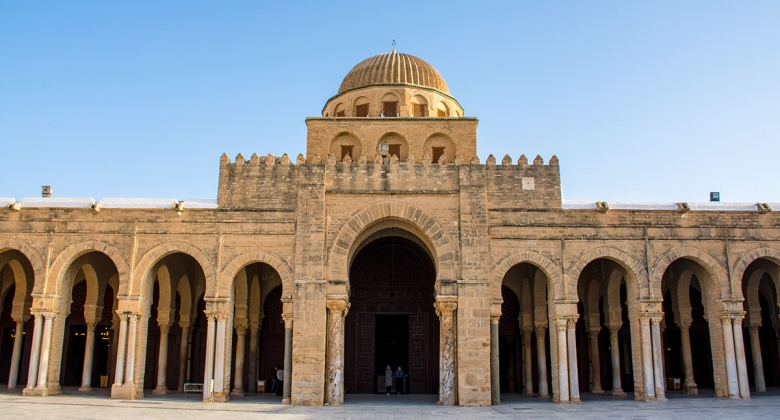
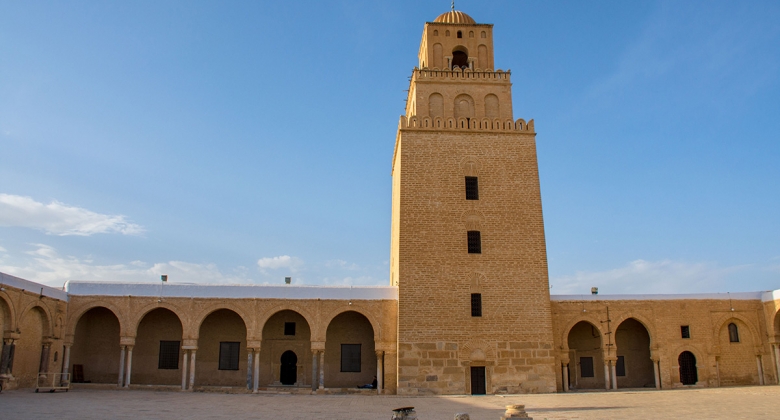
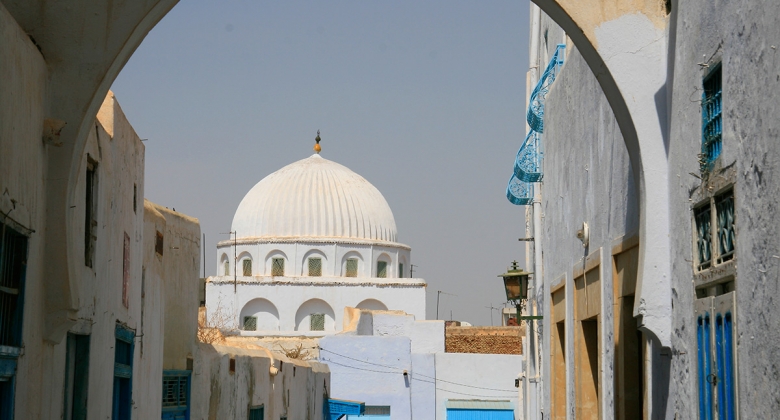
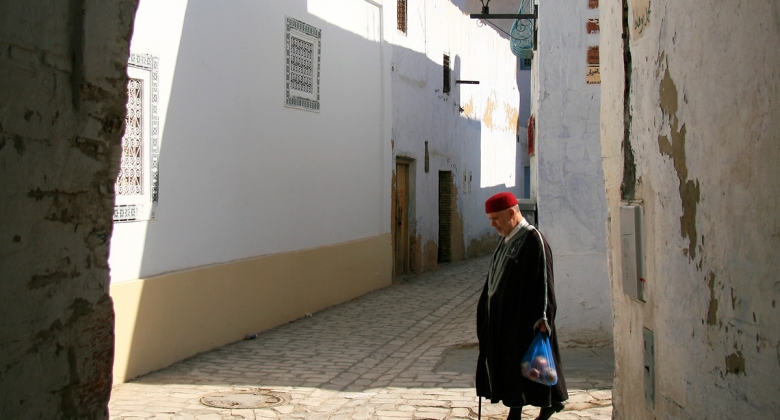
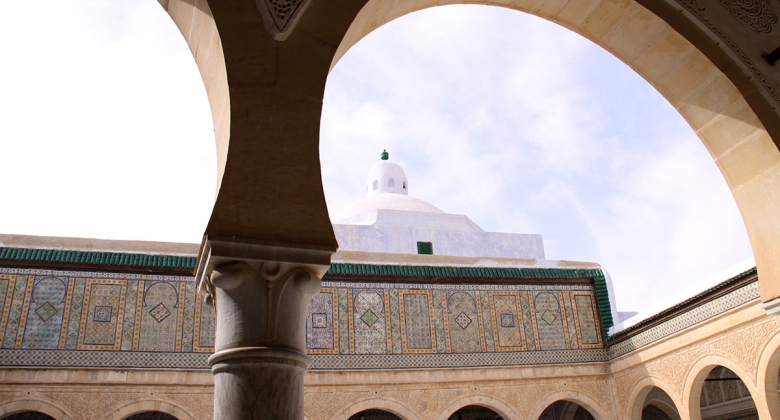
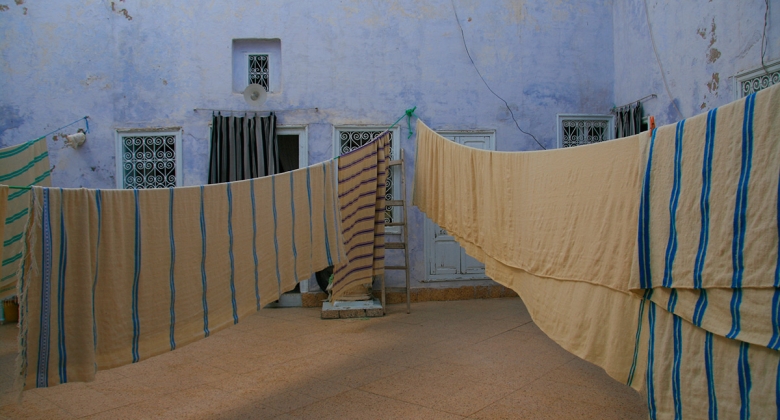
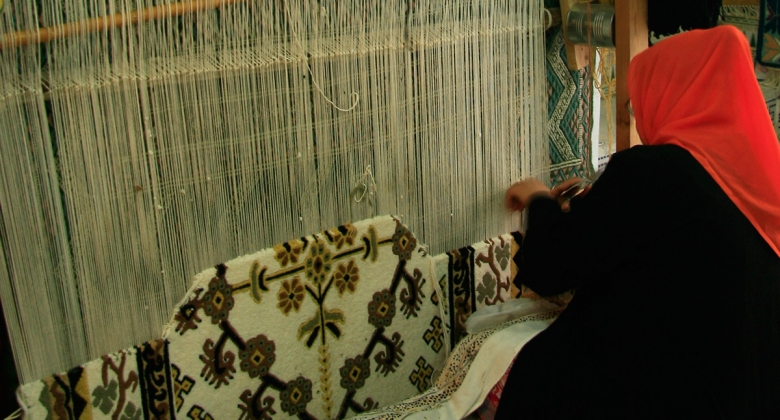
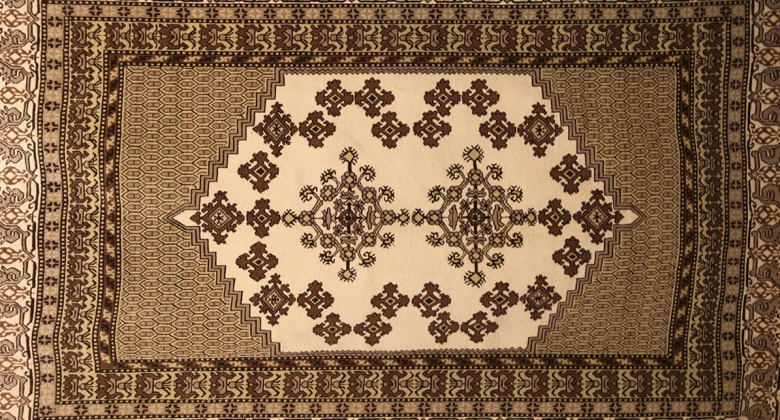
![]() Kairouan, one of the most celebrated cities of the Islamic world, captivates visitors with the unique charm of its medina. The Great Mosque is a universal architectural masterpiece. A mandatory stop during a trip to Tunisia and a starting point to discover the impressive ancient site of Sbeïtla in the High Steppes region.
Kairouan, one of the most celebrated cities of the Islamic world, captivates visitors with the unique charm of its medina. The Great Mosque is a universal architectural masterpiece. A mandatory stop during a trip to Tunisia and a starting point to discover the impressive ancient site of Sbeïtla in the High Steppes region.
An atmosphere of centuries long gone floats through Kairouan. Time seems to have stood still over the old medieval cemetery at the base of the ramparts, or in the silent narrow streets and the souks covered by vaulted ceilings.
In the labyrinth of the old town, you will feel the touching simplicity of the white washed houses, caressed by the sunlight of the South.
Monuments of Kairouan:
Countless mausoleum domes give Kairouan the air of a holy city.
It was in effect the first capital of the Islamic Maghreb, and remains the symbol of the first presence of Islam in the region.
Many revered sanctuaries are found here. That of Sidi Sahbi, surrounded by patios and brightened with multicoloured ceramic, is a charming and welcoming spot to visit.
But they say that even the water of Kairouan is sacred: ask to drink a mouthful at the famous Bir Barouta well and you can rest assured your path will bring you back to Kairouan !
Choose your accommodation and book without intermediaries
By visiting a few prestigious monuments and with a little imagination, you will get an idea of what Kairouan was like in the early Middle Ages, under the dynasty of the Aghlabids: a great city of considerable influence.
Kairouan under the Aghlabids:
Kairouan was declared a UNESCO World Heritage site. Read the description of Kairouan.
Far removed from these ancient times, the medina of Kairouan is today inextricably linked to the carpet: here, it is the king of crafts.
Do you prefer low-pile carpets (klims and mergoums) in warm colours and geometric Berber patterns? Or the thick knotted stitch carpets, the speciality of the city?
Make your choice in the stalls of the souks, or visit a workshop to admire the work of the craftsmen and their skilled cuts with scissors.
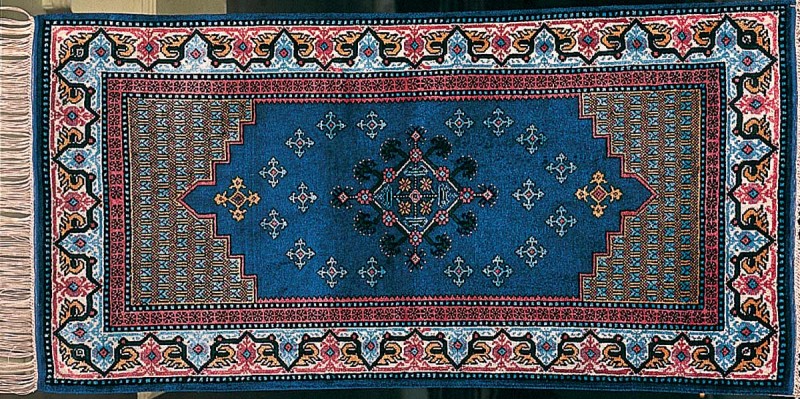
Away from the coastal towns, Kairouan has retained a traditional atmosphere. A place of choice to enjoy the illuminated nights of the month of Ramadan, the festive month par excellence!
Don't miss to taste Kairouan's famous gourmet speciality: the Makroudh, a small date cake in the shape of a diamond.
To complete your dive into the history of Kairouan, take a trip to Sousse, its former military port, and to Monastir, a neighbouring town.
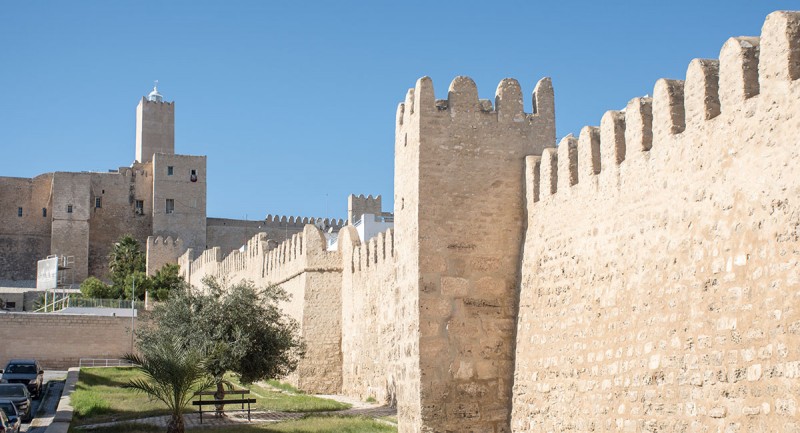
An hour and a half's drive from Kairouan, treat yourself to a plunge into the ancient history of Tunisia at the archaeological site of Sbeïtla. Monuments of impressive dimensions, memories of the Christian and Byzantine eras, the vibrant colour of the stone patinated by the sun... you won't be disappointed by the visit!
Sbeïtla is located in the heart of the High Steppes region where some of the highest peaks in Tunisia rise.
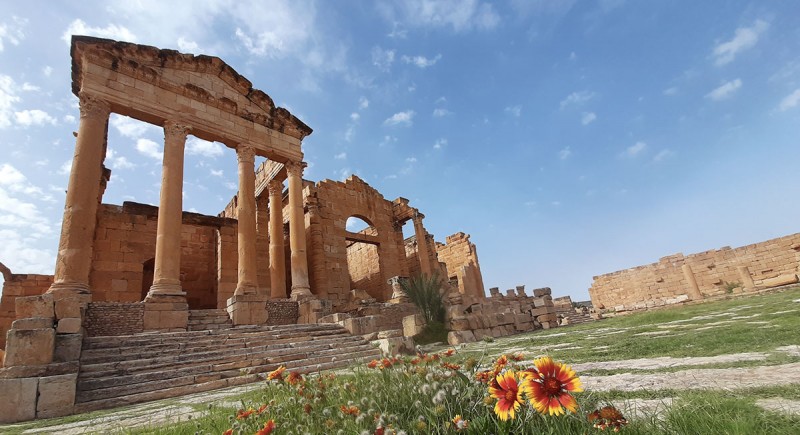
Less well known: Kairouan, close to the Atlas Mountains, is close to some very important natural sites.
Among them, the mountain Jebel Serj conceals exceptional caves, and the vast sebkhas (saltwater depressions) are Ramsar Convention wetlands. Amateur cavers and birdwatchers take note!
HOTELS AND GUESTHOUSES IN THE REGION OF KAIROUAN AND SBEITLA.
![]() Declared a UNESCO World Heritage Site, Kairouan is worth a long visit for its many first-class monuments. Further west, the archaeological site of Sbeïtla (ancient Roman, Christian then Byzantine city) is one of the most spectacular in Tunisia.
Declared a UNESCO World Heritage Site, Kairouan is worth a long visit for its many first-class monuments. Further west, the archaeological site of Sbeïtla (ancient Roman, Christian then Byzantine city) is one of the most spectacular in Tunisia.
The Great Mosque seems to have emerged from Antiquity with its minaret in the shape of a lighthouse, its robust enclosure, its marble columns and its sculpted capitals.
Inside, the arabesques of wrought wood and ceramic tiles with golden reflections are among the very first testimonies of Islamic art in Tunisia.
Built in its current form in the 9th century, this mosque is one of the oldest in the world.
Its hall of prayer brings together an extraordinary collection of Roman and Byzantine columns and capitals.
Its arcades and its domes, its vast courtyard and its minaret make it a particularly imposing monument.
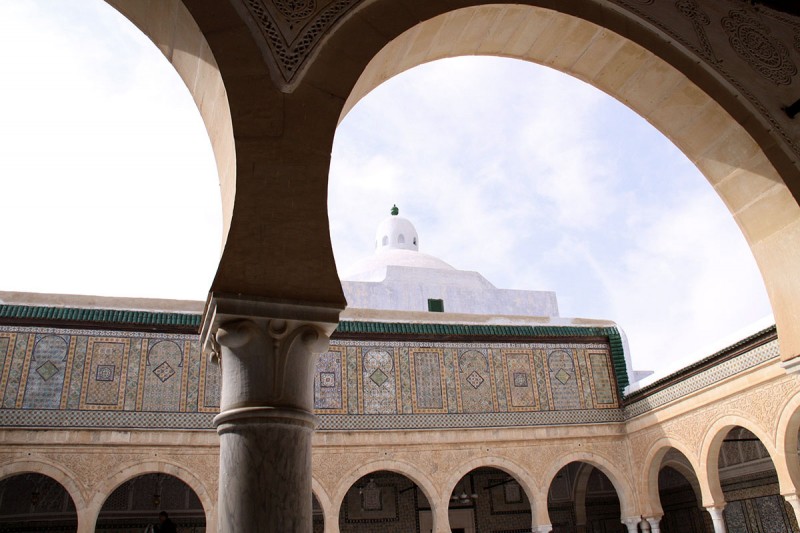
Sometimes nicknamed the “Mosque of the Barber”, this sanctuary honours the memory of Abou Zamaa, one of the fighters during the Maghreb conquest and longtime companion of the Prophet.
The monument was built in the 17th century; it represents the synthesis between the local style and Andalusian and Ottoman influences.
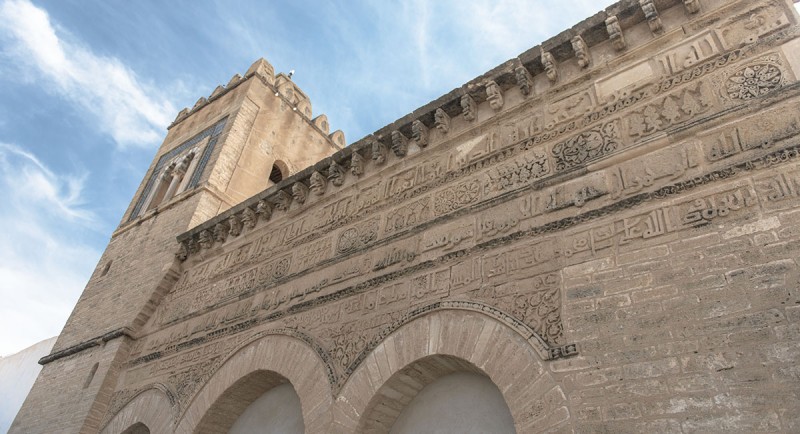
This small mosque is exceptional for its age (9th century) and for its its facade, richly carved with inscriptions and foliage motifs. It is the oldest known such example in Islamic architecture.
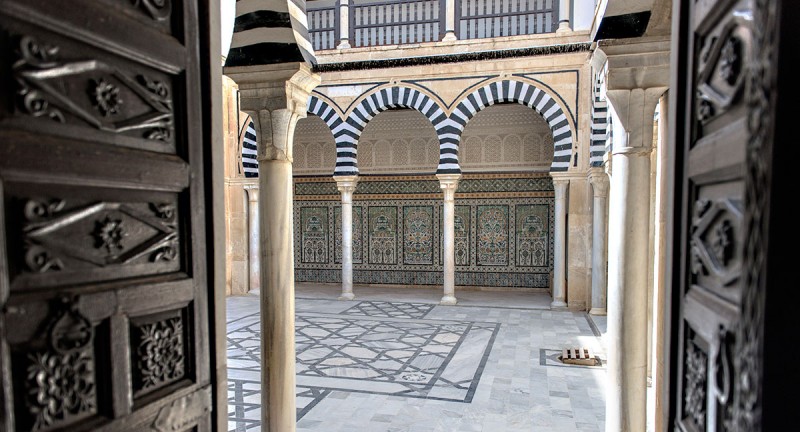
This sanctuary would have been built in the 13th or 14th century.
It is a beautiful example of the austere and elegant architecture of the Hafsid period: a courtyard paved with interlacing geometric patterns in marble, an arcade with black and white archstones, a pyramidal dome covered with green tiles...
Choose your accommodation and book without intermediaries
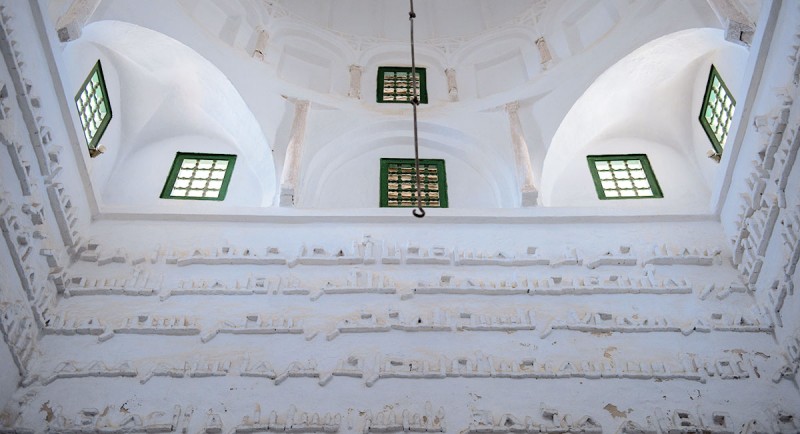
Sidi Amor Abada was a megalomaniacal 19th century character adored by the population. His sancturay has no fewer than seven domes in the traditional Kairouan style.
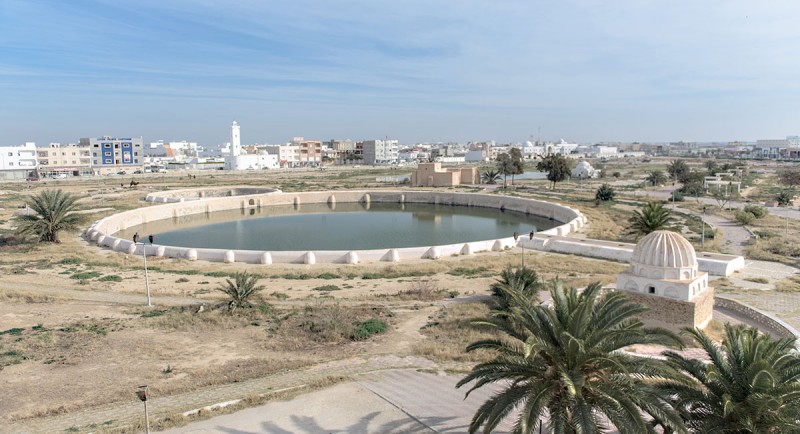
The medieval city had enormous facilities for its water supply. Large circular basins surrounded it – the “Aghlabids Pools”. It is said that an emir had a pavilion built in the middle of this vast body of water to rest in.
These vast reservoirs formed part of a network of reservoirs and tanks. In the Middle Ages, they represented one of the most important hydraulic works in the Muslim world.
More about Kairouan, a Unesco World Heritage site.
100 km west of Kairouan, the ancient site of Sbeïtla – the ancient Sufetula – is one of Tunisia's unmissable sites.
Among its most remarkable vestiges, it has an exceptional Capitol, formed not of one, but of three juxtaposed temples. It is a massive monument, imposing but also poetic because of the tawny shades of the stone. It was dedicated to Jupiter, Juno and Minerva.
Other curiosities include several ancient churches and magnificent baptismal vats decorated with mosaics, characteristic of the first centuries of Christianity.
Also worth seeing on the site: Roman baths, a theatre, Byzantine fortifications, oil presses...
Unlike other ancient cities in Tunisia, Sufetula did not exist before the Roman conquest. Therefore the city was entirely designed according to a geometrical plan: one can still stroll along its immense streets and avenues to discover all these vestiges.
![]() Kairouan is at the heart of a region with a rich historical and natural heritage: Sousse and Monastir (famous for their medieval monuments), Mount Chaâmbi (the highest in Tunisia), the village of Kesra, the ancient Coliseum of El Jem etc.
Kairouan is at the heart of a region with a rich historical and natural heritage: Sousse and Monastir (famous for their medieval monuments), Mount Chaâmbi (the highest in Tunisia), the village of Kesra, the ancient Coliseum of El Jem etc.
Former military port of Kairouan, Sousse has an exceptional medina. It has been declared a World Heritage Site by UNESCO. Read more.
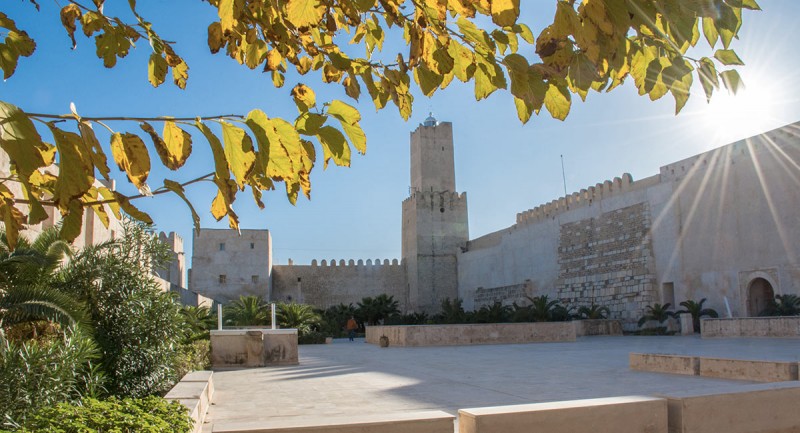
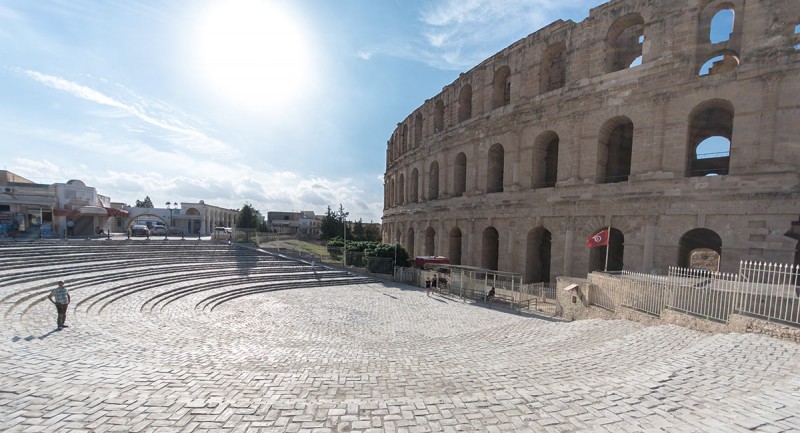
One of the most impressive ancient monuments in the world: this Roman amphitheatre is almost as big as the Colosseum of Rome and one of the best preserved in the world. It has been declared a World Heritage Site by UNESCO. Read more.
Nearby: a museum and a reconstructed Roman villa. Read more.
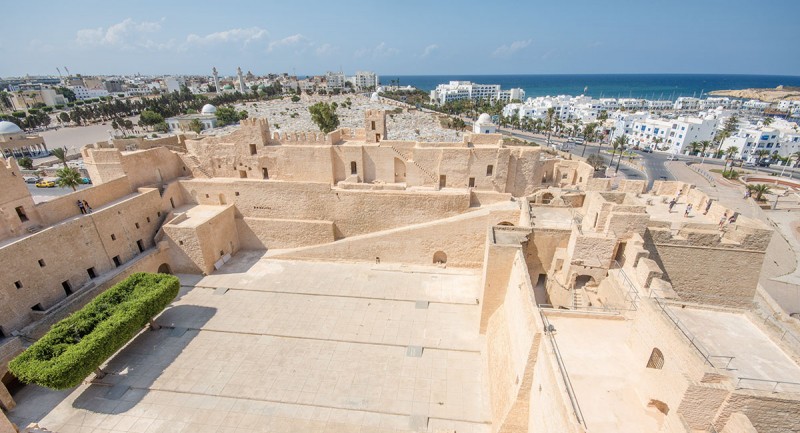
A hundred kilometres west of Kairouan, the historical site of Makthar contains exceptional Roman relics: the arch of Trajan, the Great Baths, the colonnade of the “Schola of Juvenes” (headquarters of a youth organisation) etc. Read more about Makthar.
The Tunisian West is a mountainous region with many other historical and natural sites. Read more about the Tunisian West.
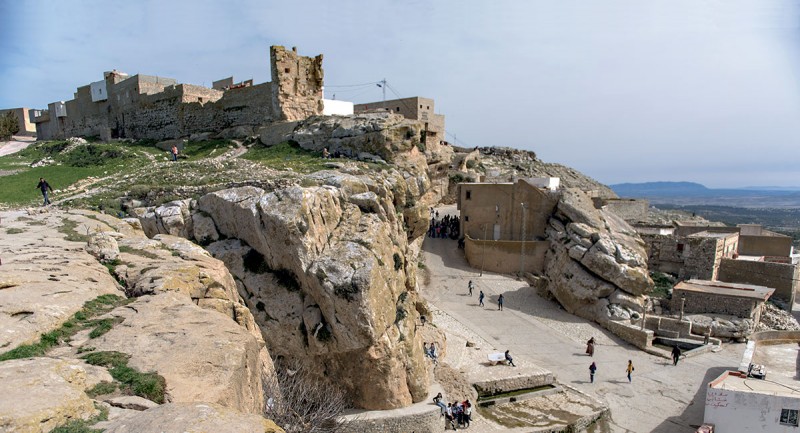
It is the highest village in Tunisia. Situated at 1100 m of altitude, this Berber village clinging to the rock is of a unique beauty, with its narrow streets with stairs and its waterfall. And the panorama of the surroundings is breathtaking!
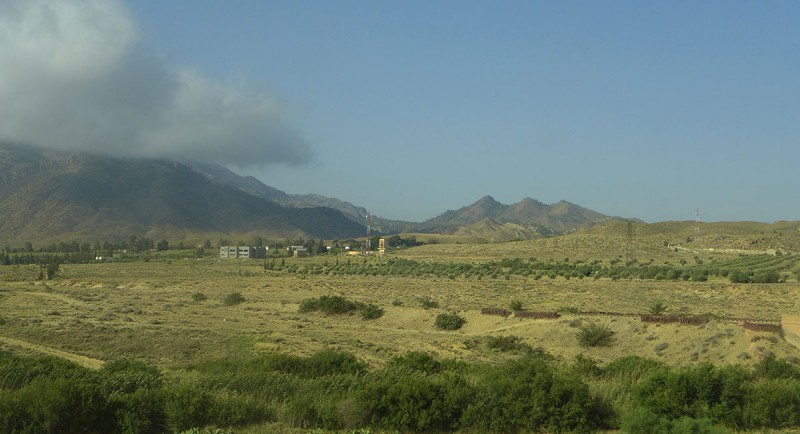
Emerging in the middle of the high plateaus, Mount Chaâmbi is the highest peak in Tunisia: it culminates at 1544 metres. It is a protected National Park (currently closed to the public). Other peaks of the Atlas Mountains rise to the west of Kairouan: Jebel Mghilla, Jebel Semmama, Jebel Salloum…